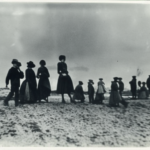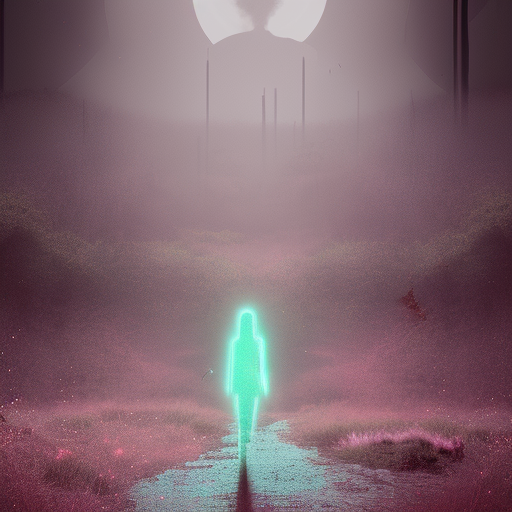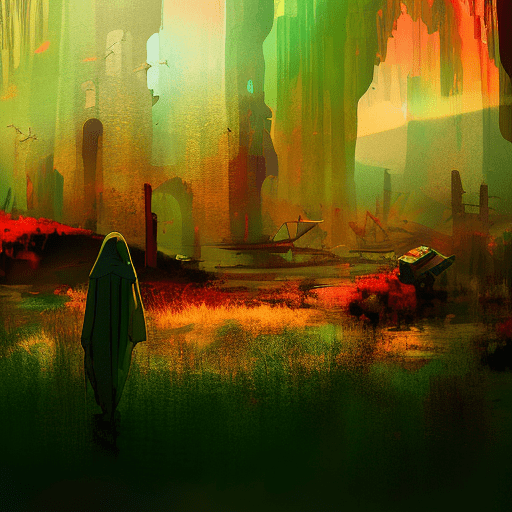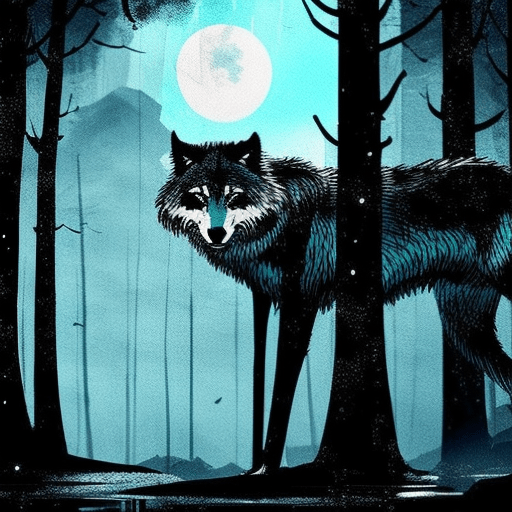One-line Summary:
Rabbit, Run is a compelling novel that explores the themes of dissatisfaction, escape, and the search for meaning through the story of Harry “Rabbit” Angstrom’s midlife crisis.
Introduction:
Rabbit, Run, written by John Updike and published in 1960, is a gripping novel that delves into the complexities of human nature, relationships, and the pursuit of happiness. Set in the late 1950s, the story follows the life of Harry “Rabbit” Angstrom, a former high school basketball star turned restless young adult. Filled with a sense of dissatisfaction and a yearning for something more, Rabbit embarks on a journey of self-discovery, ultimately leading to a series of impulsive decisions with profound consequences.
The Quest for Escape:
Rabbit, Run revolves around the central theme of escape. Rabbit, feeling trapped in his mundane life as a husband, father, and part-time car salesman, seeks an outlet for his frustrations. Dissatisfied with his marriage to Janice, Rabbit becomes infatuated with a young woman named Ruth, whom he meets at a local bar. Ruth represents a fresh start and a chance for Rabbit to break free from the monotony of his existence. However, as Rabbit’s pursuit of Ruth intensifies, he finds himself entangled in a web of deceit and emotional turmoil.
The Search for Meaning:
Amidst his quest for escape, Rabbit also grapples with the search for meaning in his life. He yearns for a sense of purpose and fulfillment that seems to elude him at every turn. Rabbit’s restlessness is emblematic of the larger existential crisis faced by many individuals in post-war America. As he navigates through various relationships and encounters, Rabbit is confronted with the harsh reality that true happiness cannot be found in external pursuits alone. The novel raises profound questions about the nature of existence and the elusive nature of contentment.
The Midlife Crisis:
Rabbit, Run explores the concept of the midlife crisis, a period of self-reflection and reevaluation that often occurs in middle-aged individuals. Rabbit, in his early thirties, experiences this crisis as he grapples with the realization that his life has not turned out as he had hoped. Faced with the responsibilities of adulthood and the monotony of everyday life, Rabbit becomes consumed by a sense of restlessness and a desire to recapture the freedom and excitement of his youth. Through Rabbit’s journey, Updike offers a poignant exploration of the challenges and complexities of middle age.
Key Takeaways:
- Rabbit, Run delves into the themes of dissatisfaction, escape, and the search for meaning.
- The novel explores the concept of the midlife crisis and the challenges faced by individuals in their pursuit of happiness.
- Updike’s vivid portrayal of Rabbit’s journey provides a thought-provoking examination of human nature and the complexities of relationships.
- The novel raises profound questions about the nature of existence and the elusive nature of contentment.
Memorable Quote:
“He wants to live in the present, but the present with its terrors, its hurts, its griefs, its disappointments, its anger, its anomie, is what he can’t bear.”
In conclusion, Rabbit, Run is a captivating novel that delves into the themes of dissatisfaction, escape, and the search for meaning. Through Rabbit’s journey, Updike offers a poignant exploration of the challenges faced by individuals in their pursuit of happiness. The novel serves as a reminder that true contentment cannot be found solely in external pursuits, but rather in the acceptance of oneself and the ability to find meaning in the present moment.












